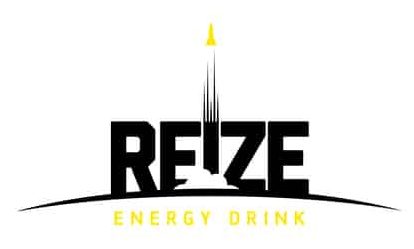Energy drinks have become one of the most well-liked supplements. Since 2020, when global sales of energy drinks peaked, their popularity has significantly increased.
Despite their growing popularity, these energy drinks have one startling aspect that is frequently overlooked: their nutritional information. The primary elements in energy drinks are caffeine and sugar.
In addition, most energy drinks contain B vitamins, especially niacin, vitamin B12, and B6. Niacin works as a brain activator, and its inclusion in energy drinks only improves its performance.
The absence of niacin won’t impact the energy drinks in any negative way; they’ll only lose a vitamin that promotes a bunch of health benefits.
OCA, Lotus Plant, Bai Boost, Riot, Baya, Spike, Runa, and Bawls are among the energy drinks that do not contain Niacin.
Continue reading to find a detailed review of each of the niacin-free drinks and the effects of niacin on human health.
What Is Niacin?
One of the eight B vitamins, niacin, is also known as vitamin B3. Niacin has two major chemical forms: nicotinic acid and niacinamide (sometimes called nicotinamide).
Although it is frequently included in daily multivitamins, the majority of people get enough niacin from their diet. The following foods are high in niacin: tortillas, milk, meat, yeast, and cereal grains.
The coenzymes nicotinamide adenine dinucleotide (NAD) and nicotinamide adenine dinucleotide phosphate (NADP) are involved in over 400 biochemical reactions in your body, primarily related to obtaining energy from the food you eat, and are synthesized by the vitamin niacin.
In particular, niacin is a crucial part of the coenzymes NAD and NADP, which are involved in cellular metabolism.
In addition to serving as an antioxidant, it also contributes to DNA synthesis and repair, as well as cell signaling.
Benefits Of Niacin
It contributes to the process of turning the food we eat into energy. It keeps the skin, hair, and nervous system healthy and aids in the body’s utilization of proteins and fats.

Niacin that the body does not need is discharged in the urine. Niacin must be taken daily in food because the body cannot store it.
A person’s vitamin B3 requirements can be satisfied by a balanced diet. In the US, vitamin B3 deficiency is uncommon.
Among niacin’s advantages are:
- Antioxidative
- Cholesterol-lowering abilities
- Improve blood fat level
- Anti-inflammatory properties
- Help treat diabetes
- Reduce blood pressure
- Improves skin health
- Boost brain function
Side Effects Of Niacin
Niacin seems to be secure and efficient when consumed in the right dosages. Niacin available in high doses can lead to:
- Severe skin flushing combined with dizziness
- Rapid heartbeat
- Itching
- Nausea and vomiting
- Abdominal pain
- Diarrhea
- Gout
- Liver damage
- Diabetes
If you take 2,000 to 6,000 mg of niacin per day, serious side effects are more likely. Consult a doctor right away if you believe you may have taken too much niacin.
Avoid taking high doses of niacin if you have liver disease, peptic ulcer disease, or severe hypotension. A peptic ulcer may be triggered by the supplement, which has also been linked to liver damage and can result in hypotension.
Niacin Deficiency

In the majority of Western nations, deficiency is very uncommon. Most at risk are those who are malnourished, which can be caused by HIV/AIDS, anorexia nervosa, liver failure, alcoholism, or other medical conditions or poverty.
Pellagra, or severe niacin deficiency, is most common in developing nations where diets are less varied. Supplemental niacinamide can be used to treat it.
Some of the signs of niacin deficiency include these:
- Skin rash or discoloration
- Bright red tongue
- Constipation or diarrhea
- Vomiting
- Depression
- Fatigue
- Headache
- Memory loss
- Loss of appetite
Role Of Niacin In Energy Drinks
Energy drinks contain niacin, but there are too many of them, which is a problem. A niacin overdose can result in some health issues. Some of the more frequent effects include gastrointestinal problems, skin conditions, and nerve damage.
The right recommended amount of niacin can be beneficial for you in terms of improving your brain activity and enhancing your cognitive abilities.
The recommended dose of niacin is as follows:
| Age/Gender | Recommended Quantity |
| Infants (0-6 months) | 2 mg/day |
| Infants (7-12 months) | 4 mg NE/day |
| Children (1-3 years) | 6 mg NE/day |
| Children (4-8 years) | 8 mg NE/day |
| Children (9-13 years) | 12 mg NE/day |
| Men | 16 mg NE/day |
| Women | 14 mg NE/day |
Having an energy drink every now and then to keep you focused after a difficult night, getting too little sleep, or just giving you the boost you need to get through the day is perfectly acceptable. Simply pay attention to what you put into your body to lead a more balanced life.
Niacin (vitamin B3) and vitamin B12 levels, in particular, were found to be 115% and 1151% DV for energy drinks and 142% and 14,795% DV for energy shots, respectively.
Other Ingredients In An Energy Drink
The main components of caffeine are taurine, glucuronolactone, B vitamins, guarana, ginseng, ginkgo biloba, l-carnitine, sugars, antioxidants, and trace minerals in energy/power drinks.
Let’s examine the main two ingredients in more detail.
Caffeine

Caffeine has physical and mental effects that increase activity and improve focus. Caffeine’s characteristic is what makes it a widely used ingredient.
Caffeine types in energy drinks can vary or be combined. Some contain natural caffeine derived from unroasted coffee beans, green tree extract, or green coffee bean extract.
The duration of natural caffeine’s release in your body reduces the likelihood of a caffeine crash. The other two components help the body absorb caffeine as much as possible.
The FDA advises consuming 400 mg of caffeine per day. Limit your daily caffeine intake to half a bottle if you are sensitive to it.
The overconsumption of coffee can result in:
- Anxiety
- Insomnia
- Dehydration
- Rapid Heart Beat
- Liver Problems
- Kidney Issues
- Headaches
Sugar
Sugar is known to increase your vigor and activity.
The majority of energy drinks contain a significant amount of sugar because it serves as an active ingredient and gives the drink its distinctive flavor. The consumer is encouraged to continue drinking this flavor.
However, despite how appealing it may sound, sugar is a major contributor to obesity. Sugar consumption that is excessive can increase your risk of developing various heart and kidney problems.
The risk of type 2 diabetes is yet another significant negative side effect of excessive sugar consumption. The recommended range for daily sugar intake is 24 to 36g.
Excessive consumption of sugar can also result in the following:
- Acne
- Hormonal Problems
- Heart Problems
- Laziness
- Cramps
Energy Drinks Without Niacin
Energy drinks tend to go heavy with the amount of niacin present in them, which, as mentioned above, can be harmful to your gut as well as your heart.
Energy drinks without niacin include OCA, Lotus Plant, Bai Boost, Riot, Baya, Spike, Runa, and Bawls.
Spike Hardcore
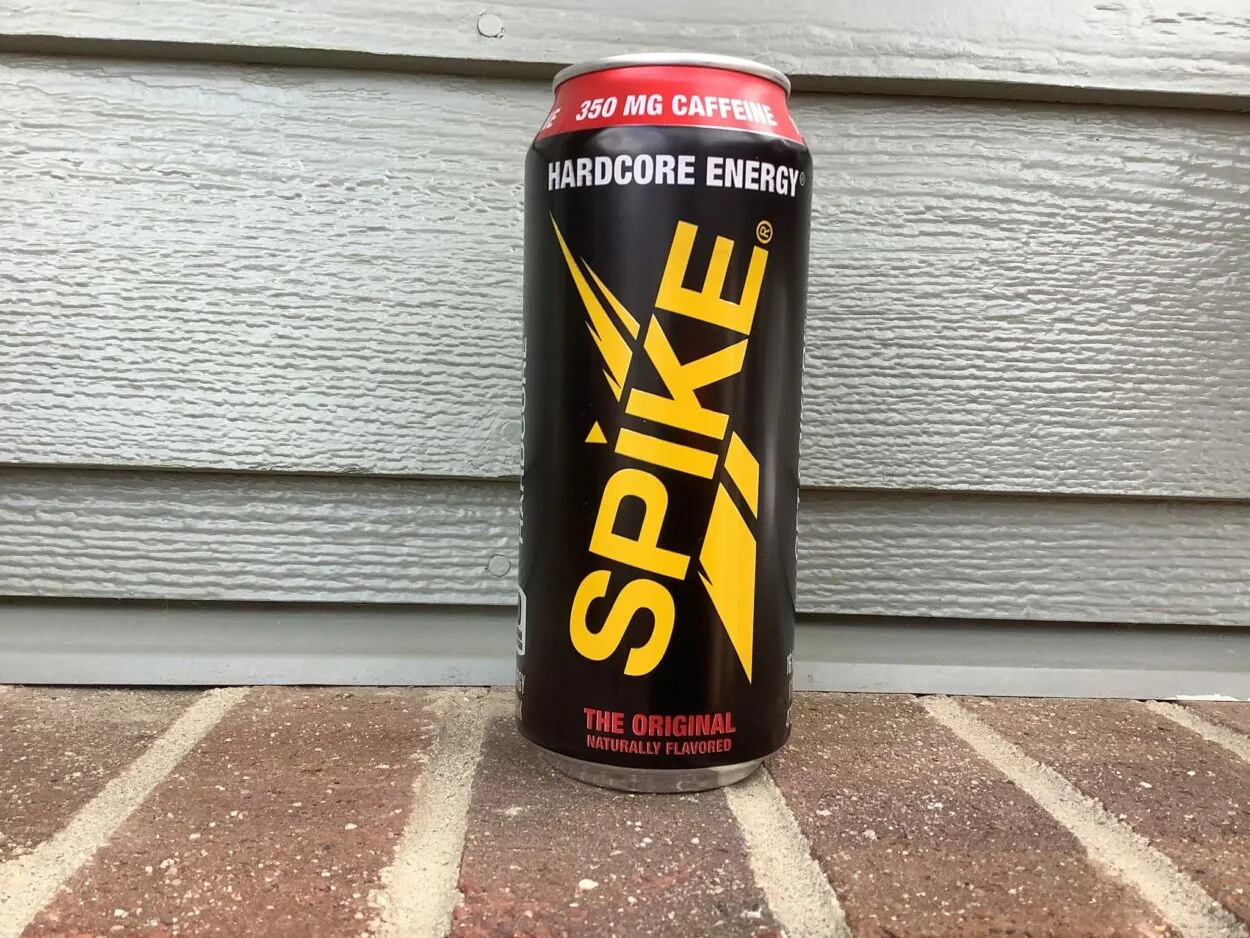
With its intense energy drink, Spike Hardcore Energy says it can meet everyone’s needs for energy. It comes in five flavors that are all stimulating and delicious.
Spike energy drink contains about 350mg of caffeine per fluid ounce, which is just under the FDA’s caffeine limit. It has no sugar or carbohydrates, and each serving has 10-15 calories.
BAWLS
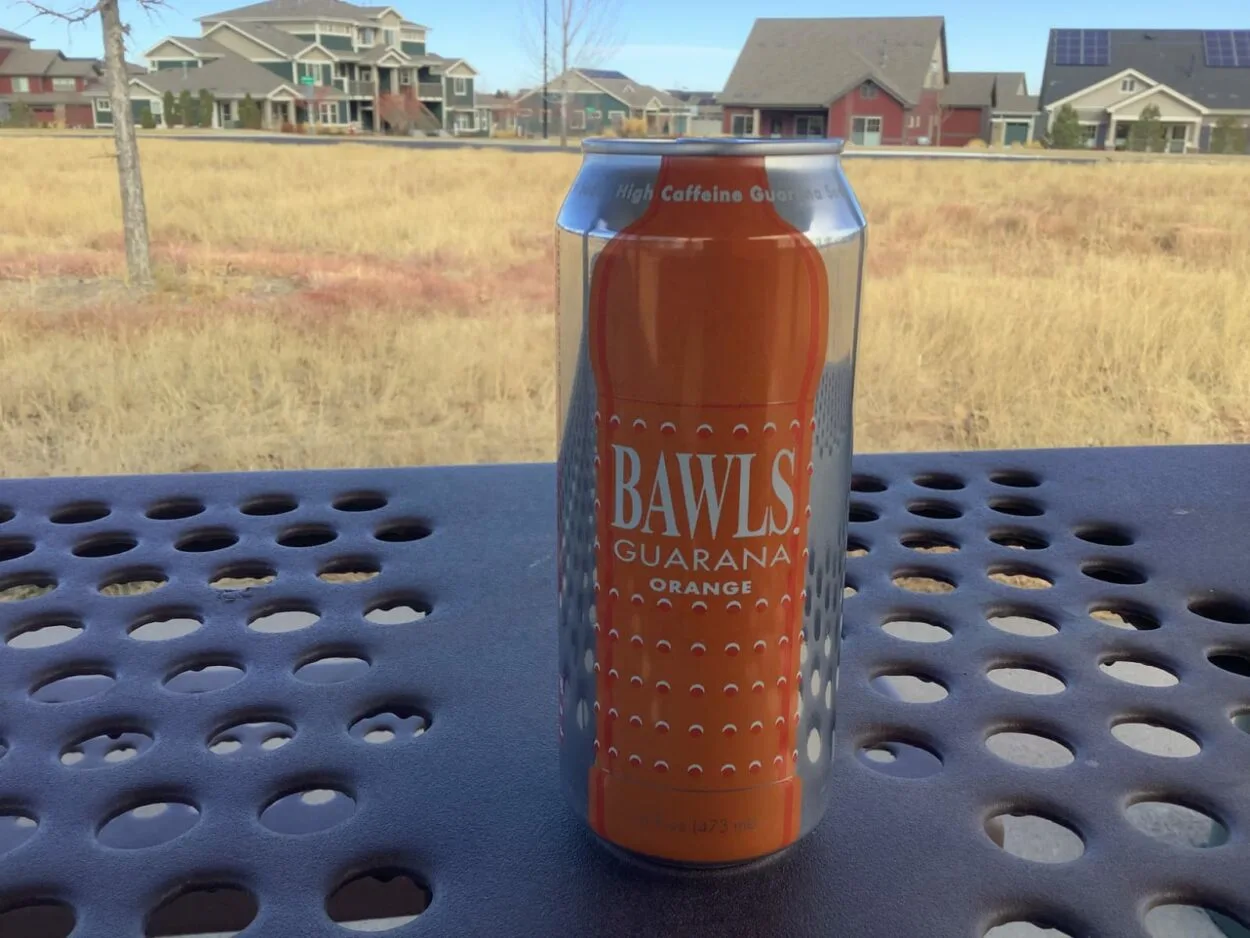
It can be challenging to sustain energy throughout the day, but Bawls energy drink can help with that.
It has 102mg of guarana berry-extracted caffeine. It has 110 calories, sodium, and 28g of sugar, which is enough to give you a sugar rush.
OCA
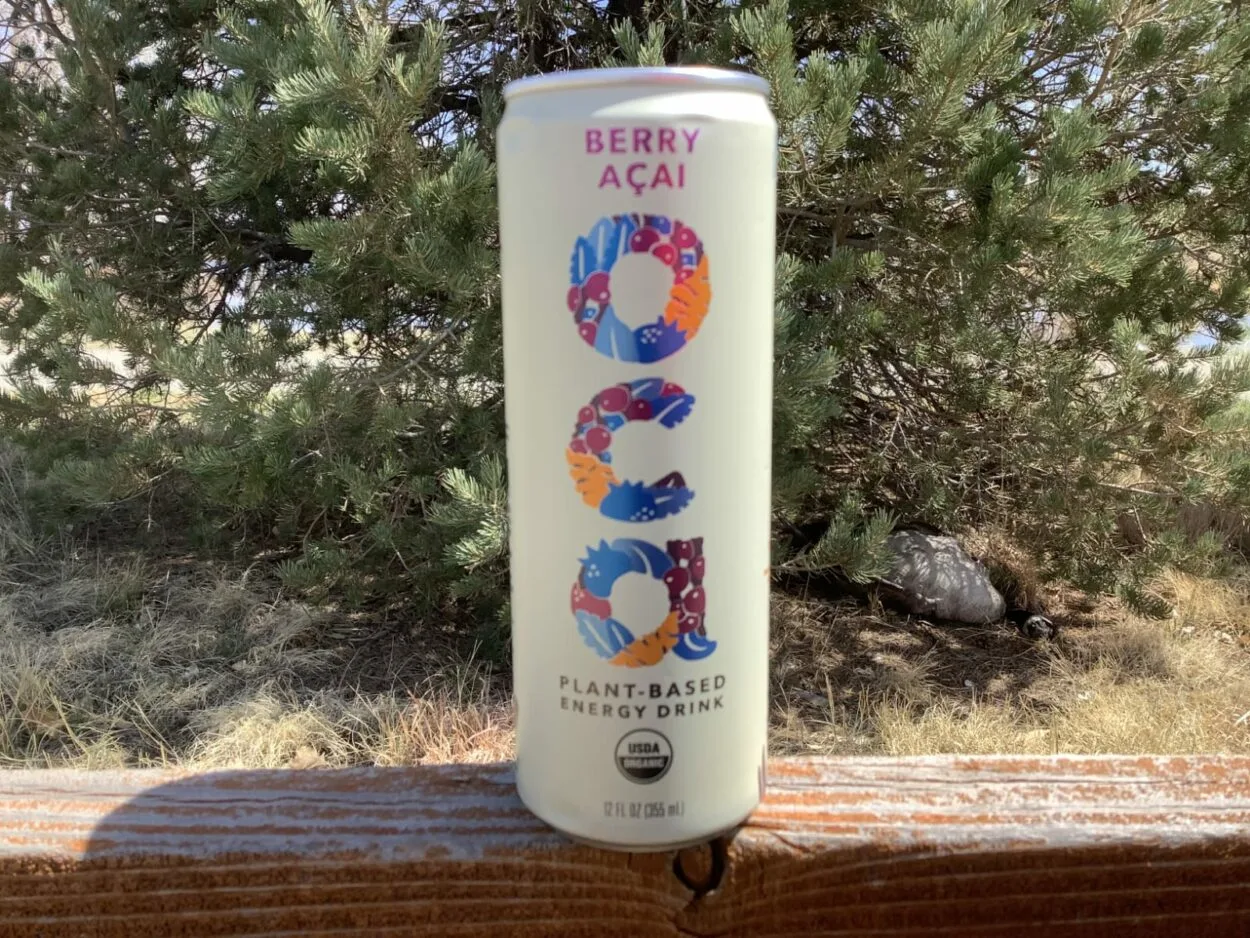
OCA is a plant-based energy drink that gets its energy from tapioca, a cassava root extract. Though it only uses natural ingredients and the caffeine is derived from plants, it can still be a good energy drink if consumed in moderation.
Each serving possesses 120mg of natural caffeine, 60 calories, and 9 grams of sugar. OCA lacks virtually all of the essential vitamins that are present in energy drinks.
Riot
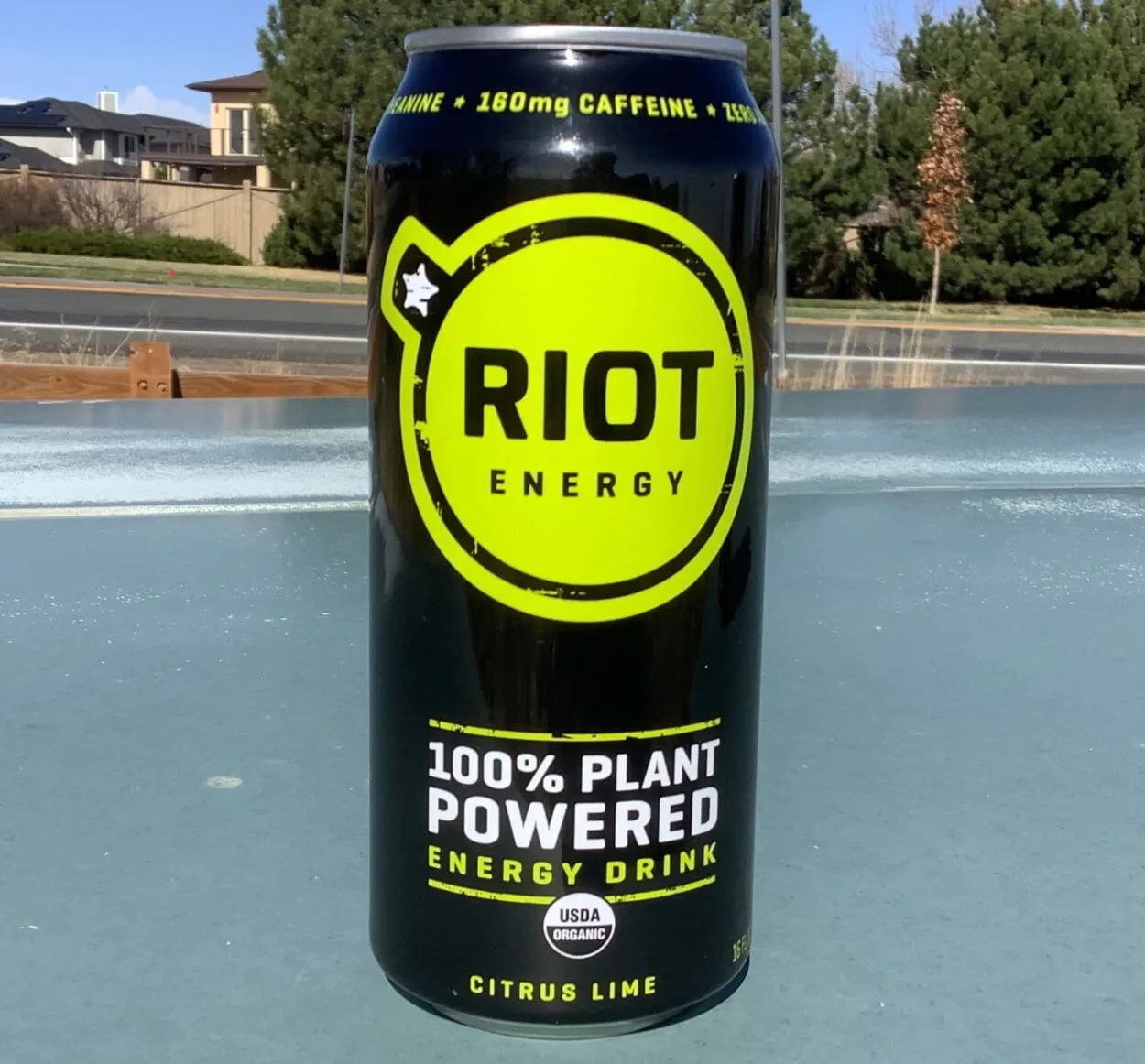
The Riot energy drink is a good choice for you if you’re searching for a low-calorie, organic energy drink because it has earned the Oregon Tilth Certified Organic seal.
The Riot energy drink can give users a respectable amount of energy thanks to its 160mg of caffeine and 100 mg of L-theanine content.
Bai Boost
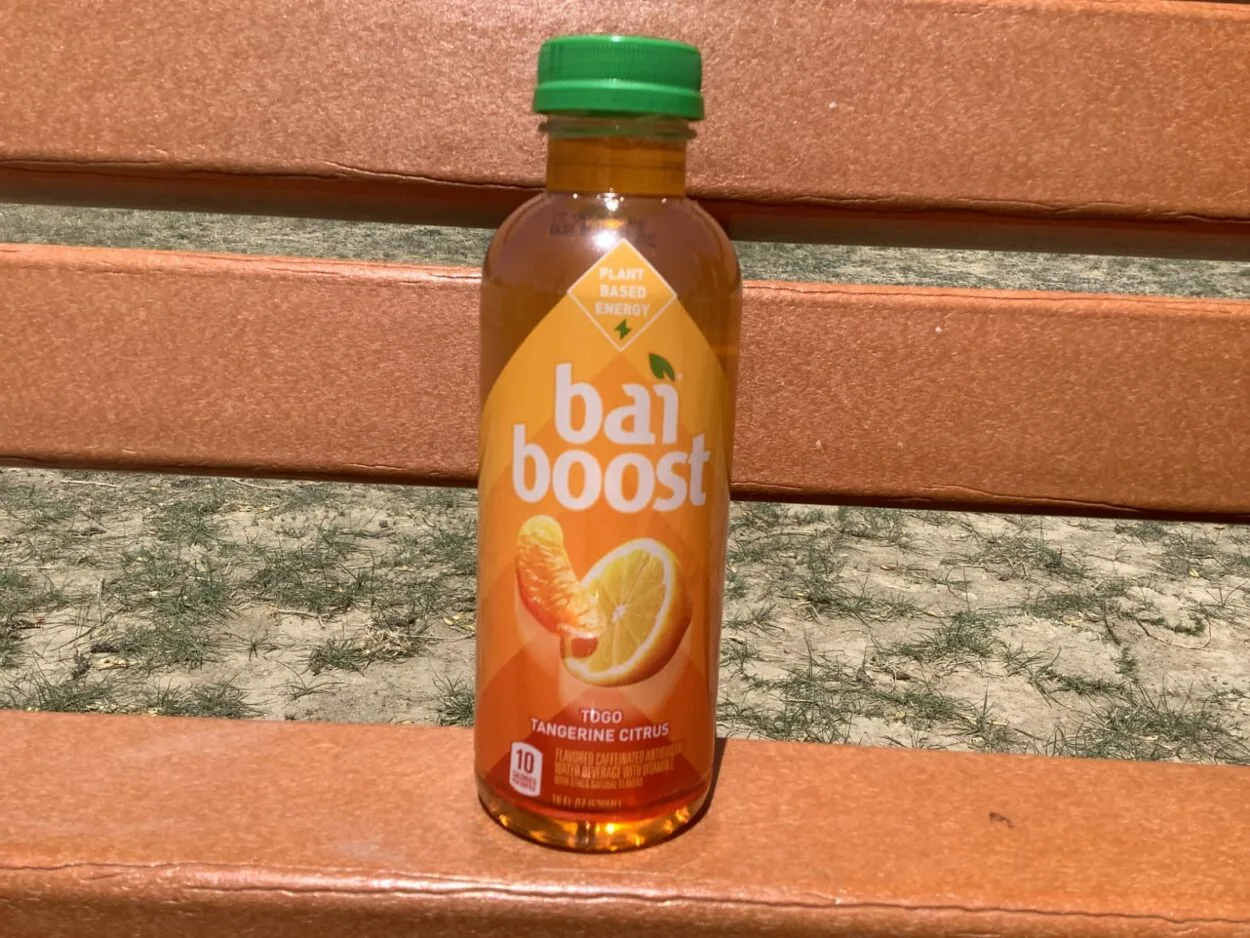
A plant-based energy drink with a respectable amount of caffeine, minerals, and vitamins is called Bai Boost. Additionally, it contains few calories and almost no sugar.
If you’re wondering whether Bai Boost is good for you or not, you can rest easy knowing that it’s not harmful when consumed in moderation.
Lotus Plant
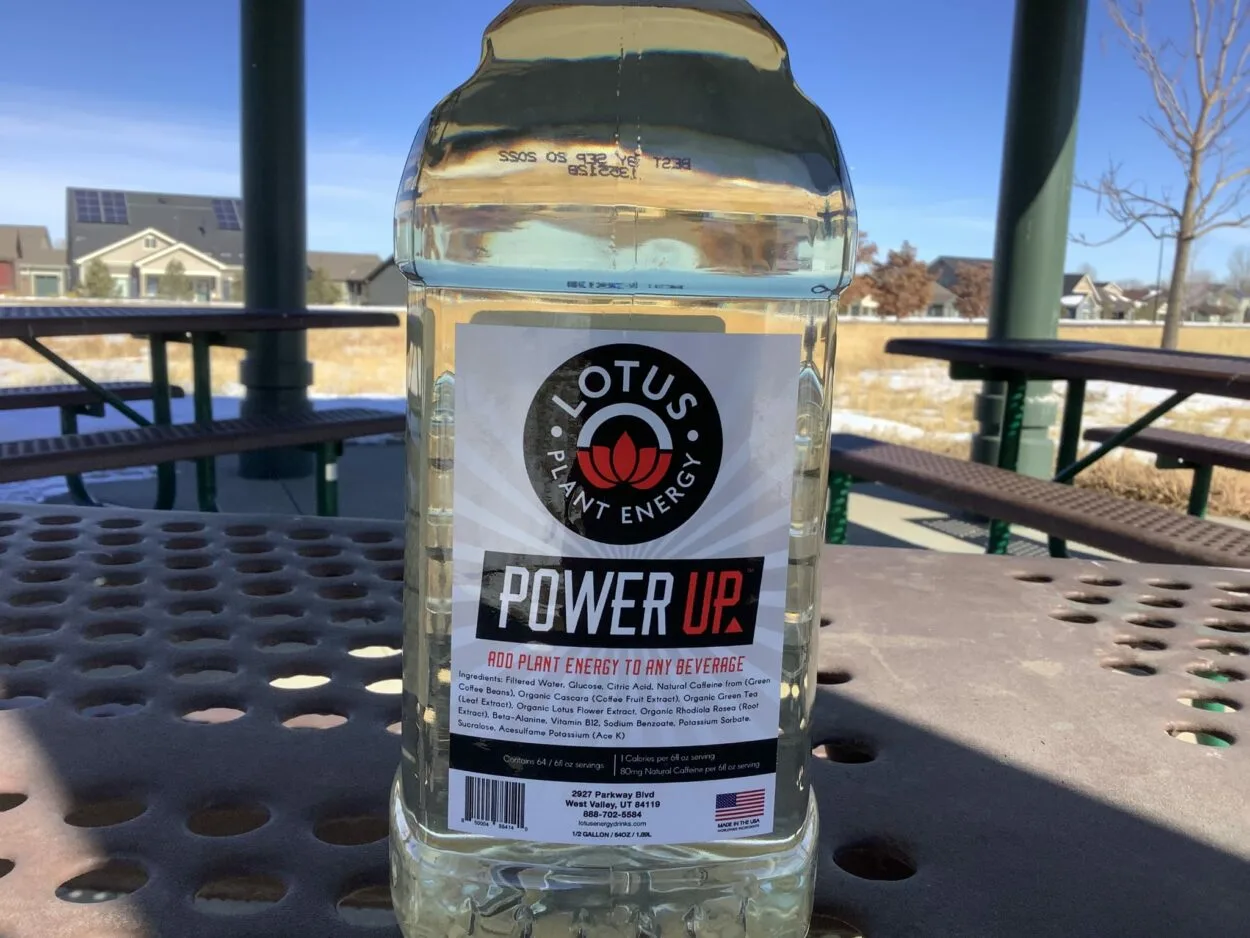
Given that it is a plant-based energy drink, the Lotus is a good energy drink with all-natural ingredients.
Additionally, the main component of this energy drink, Lotus Bloom extract, sets it apart from other energy drinks. It comes in several flavors and has about 80mg of caffeine.
Runa Clean
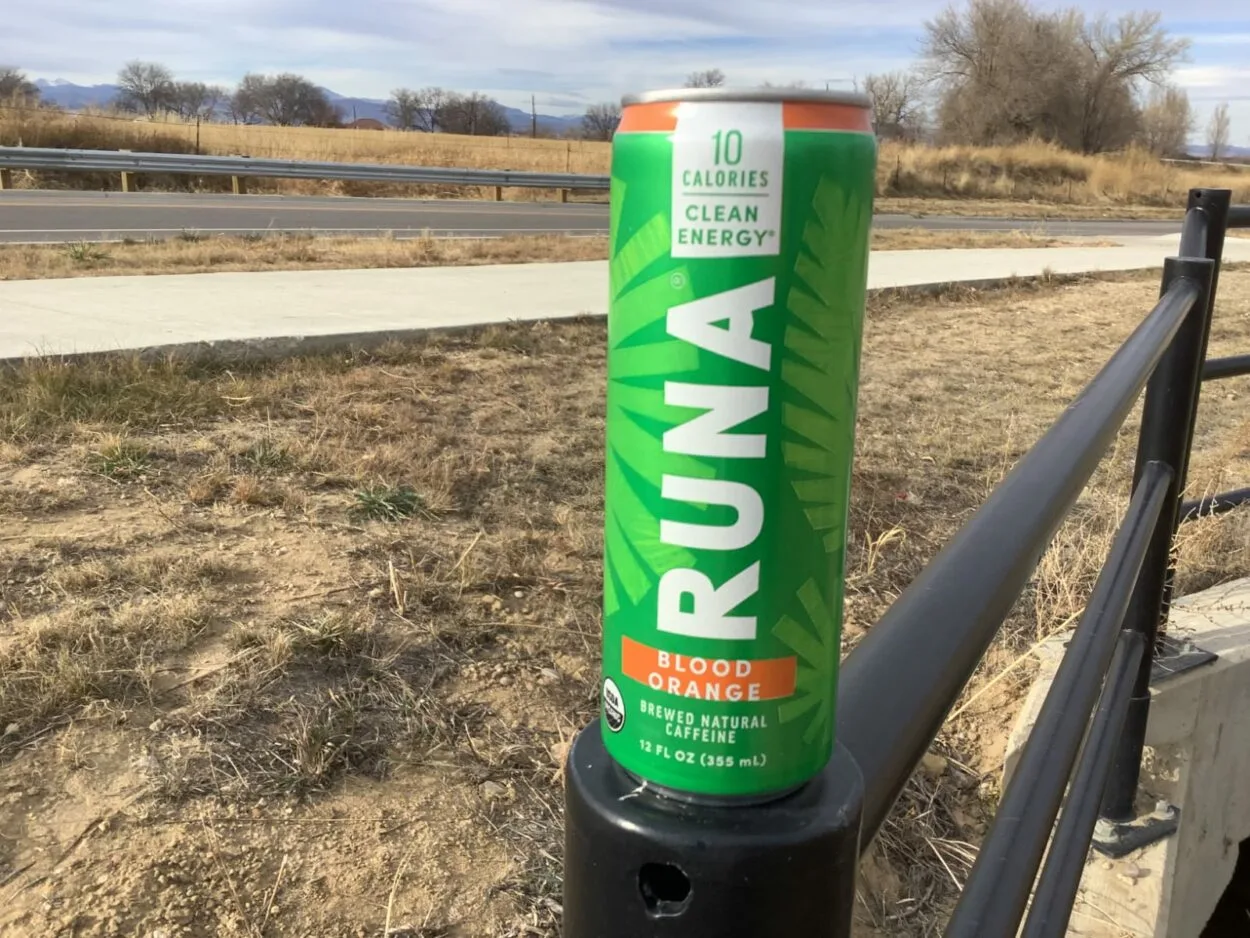
Runa is a caffeine- and antioxidant-rich, all-organic beverage made from guayusa, which is harvested from Amazonian forest leaves.
However, one can provide you with a dose of organic caffeine that is 150mg, which is quite high. Yet, it might have fewer effects on those who have a high caffeine tolerance.
Best Energy Drink In The Market
REIZE
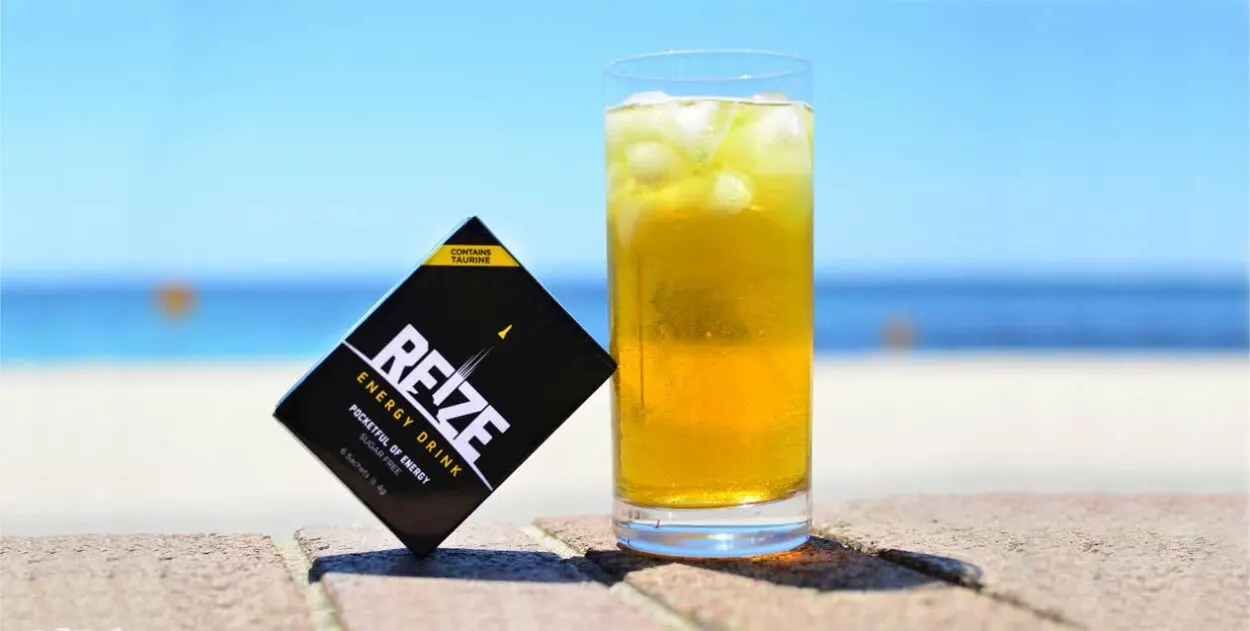
The REIZE energy drink is both tasty and powerful! One sachet costs about $1 and provides both improved energy and better concentration.
It contains nutrients like taurine, ginseng, and B vitamins. It has little sugar and few calories. Other than that, its 50 mg of caffeine content will unlikely cause sugar crashes. Give REIZE a try!
Conclusion
- Energy drinks are designed to improve performance or give you a physical boost. Although some people may think that energy drinks lack nutrition, some of these drinks may actually contain healthy, natural ingredients.
- Niacin, a vitamin from the B-complex family found in energy drinks, supports brain, blood sugar, and cell growth functions. Its inclusion in energy drinks contributes to the improvement of cognitive abilities.
- Companies avoid adding niacin to energy drinks that are primarily organic or plant-based. These energy drinks called Runa, OCA, Spike, Lotus Plant, Bai Boost, and Riot.
- It’s important to keep in mind that niacin can trigger hepatitis and other serious illnesses in humans when present in high concentrations. Before making a purchase, it is best to review the nutrition label of your preferred energy drinks.
